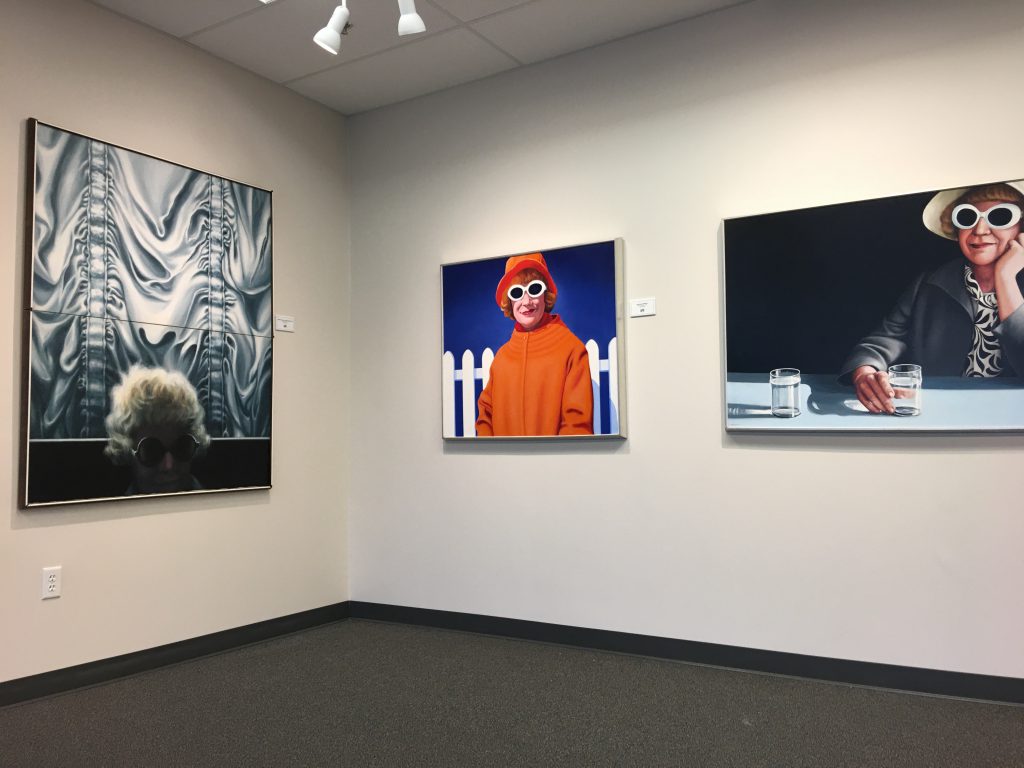

Featured Image: Barbie – Warner Brothers | Courtesy
Featured Image: Oppenheimer – Universal | Courtesy
On July 21, “Barbie” and “Oppenheimer” were released in theaters. Media went wild with advertising for both movies when it became clear that these movies would be released on the same day.
Both movies were highly anticipated by the public, evidenced by social media and even theaters making a game out of which movie people would see first. It became a popular trend to see the two movies back-to-back. This would be a long process, however, seeing as “Barbie” is close to two hours long and “Oppenheimer” is just over three hours long.
Despite the combined time of approximately five hours, the “Barbenheimer” double feature idea only became more popular once the films hit theaters. Many fans even went so far as to bring different outfits to correspond with each movie.
With a star-studded cast, “Oppenheimer” follows the story of Dr. J. Robert Oppenheimer, played by Cillian Murphy. The movie’s focus is on Oppenheimer’s time spent working on the Manhattan Project in Los Alamos, New Mexico and the events following the dropping of the atomic bomb and World War II.
The movie begins with a little background on Oppenheimer’s schooling and his desire to study “new physics.” After graduating from college, Oppenheimer took jobs teaching physics at both the California Institute of Technology and the University of California at Berkeley.
The movie then transitions into his time working on the Manhattan Project with many other scientists, and all the moral, theoretical and physical problems they encountered. Many of the scientists believed that just because the atomic bomb could be made, did not mean it should be used.
Cillian Murphy does an incredible job of looking truly haunted by the aftermath of the dropping of the bomb. The director of the film, Christopher Nolan, made a powerful decision to show signs of immense guilt in many of the characters in various ways.
The movie concludes by explaining the aftermath of the war for Oppenheimer and how some of his choices before the war eventually caught up to him. One prominent side character, Lewis Strauss, played by Robert Downey Jr., plays a large part in Oppenheimer’s struggles.
“There were a lot of movie parts,” first-year Jay Boomer said. “There was so much to remember.” This is certainly true. “Oppenheimer” is fast-paced and complex, while also being incredibly long, which can cause some audience members to have trouble truly enjoying the movie.
“Barbie” has a cast of more modern television and movie stars, who did a stellar job of playing the unnatural, doll-like roles the movie intended. Margot Robbie and Ryan Gosling, playing Barbie and Ken respectively, are incredible at bringing the cliché idea of the characters to life. However, this cliché did not win over all audience members.
Dwight Robinson, a first-year, said the movie “got predictable.” This is certainly true, as the movie was styled stereotypically, especially to the crowd of viewers over the age of twelve.
The movie follows Barbie as she begins to see real world issues filtering into her fantasy world life, experiencing physical changes that are typical characteristics of real-world women.
Barbie steps foot into the real world with Ken, in order to prevent catastrophe. There, she encounters a mother daughter with their own issues while Ken discovers the idea of patriarchy. Ken’s discovery leads to an unfortunate Barbie parallel to real-life misogyny.
Now, Barbie’s quest is forced to expand, including saving her mother daughter duo, solving her own dilemma and saving Barbieland. The movie approaches feminism and self-discovery in a humorous fashion.
“I think the message is really good and really important,” junior exchange student Sylvia Razafimbelo said.
While both films were ultimately made to be a source of entertainment, there are also other qualities to “Barbie” and “Oppenheimer.”
“‘Barbie’ was able to put together a subliminal message about what the real world is and how we treat feminism and masculinity in today’s society,” first-year Bryce Davenport said.
“Barbie” tackled the topics of feminism and patriarchy through both Barbie’s experiences in the real world and when she traveled back to Barbieland.
“Oppenheimer” tackles the moral problems associated with the atomic bomb and focuses on Dr. Oppenheimer’s guilt over its creation and deployment. “Oppenheimer” also discusses the future following weapons of mass destruction and their capability to destroy the world, whether that be in five years or five hundred years.
Both movies tackle difficult topics in very different ways. “Oppenheimer” certainly takes a more serious stance on the topics depicted in the movie, whereas “Barbie” utilizes humor to really showcase some serious topics people deal with every day in the real world. Of the two movies, “Barbie” seems to be more relatable to current real world events. That is not to say, of course, that “Oppenheimer” does not have any ideas that can be related to the world today as well.
While the two films share nothing more than a release date in common, both are well constructed and certainly deserve all the fanfare they have received.
By Calee Lukowski
